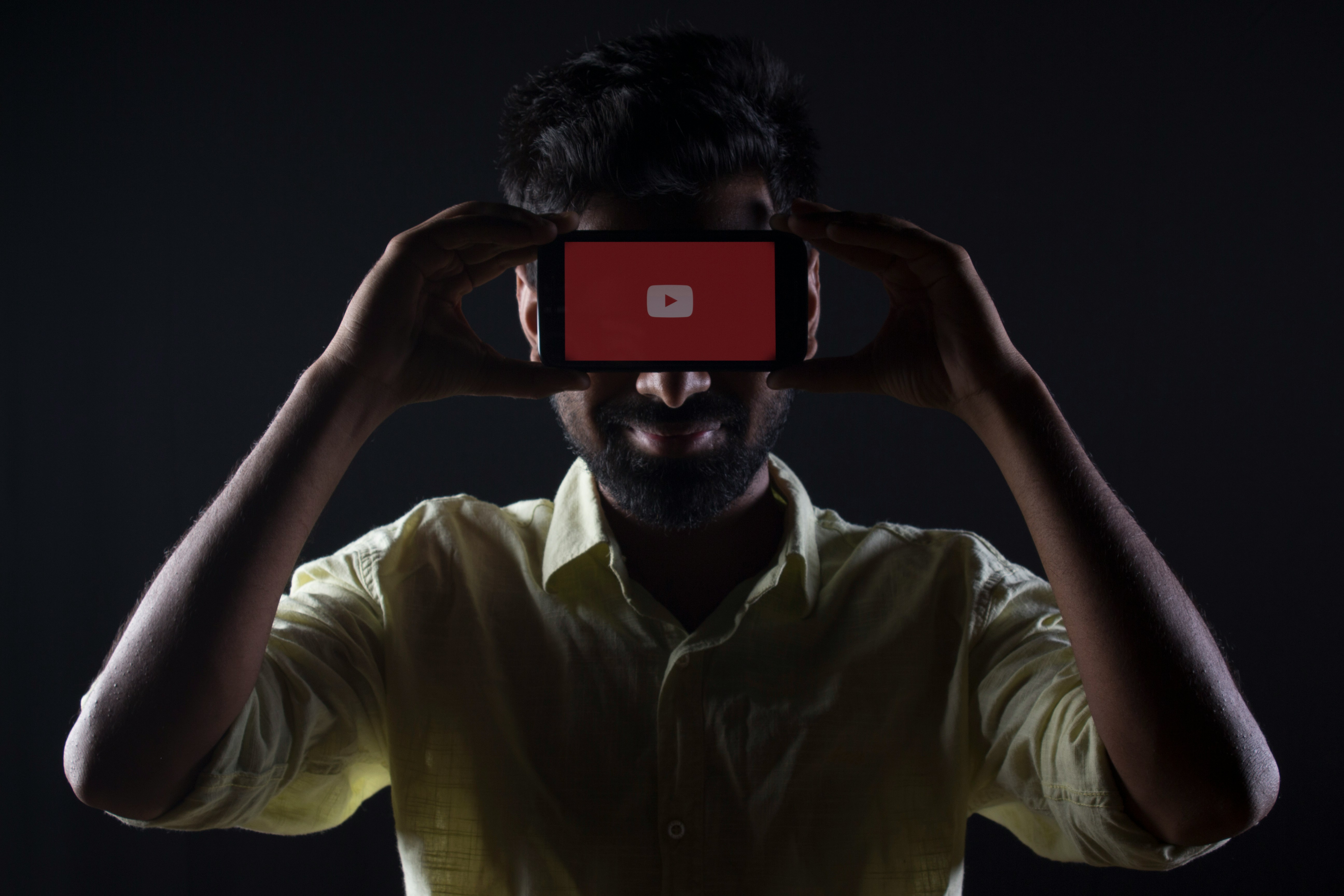Virtual Reality: The New Frontier in Performing Arts
Virtual Reality (VR) has long been a buzzword in the tech industry, but its implications for the performing arts are just beginning to unfold. As artists and creators explore the capacities of VR, they are forging a new frontier in performance that is reshaping the traditional boundaries of the medium.

The Emergence of Virtual Reality
Virtual Reality first emerged in the late 20th century as a high-tech concept largely confined to the realms of science fiction and experimental technology. However, with the advent of affordable and accessible VR platforms such as Oculus Rift, HTC Vive, and PlayStation VR, this immersive technology has evolved from a far-off dream to a tangible reality. In recent years, the integration of VR into various forms of art and entertainment has marked a significant development in the industry.
VR and Performance Art: A New Symbiosis
Performance art, typically characterized by live presentations and audience participation, often aims to challenge the traditional notions of space and spectatorship. VR technology, with its ability to construct complex, immersive environments, presents an exciting new platform for performance artists. By harnessing VR, artists can create performances that are not bound by physical limitations, offering audiences unprecedented levels of engagement and immersion.
Current Applications and Developments
The use of VR in the performing arts is still in its infancy, but several pioneering projects have already made waves. For instance, in 2017, the Royal Shakespeare Company partnered with tech companies to create a live, virtual reality adaptation of “The Tempest.” The production used motion-capture technology to translate an actor’s performance into a real-time digital avatar, effectively merging traditional theater with cutting-edge technology.
The Potential Impact and Reception of VR in Performing Arts
While these developments are undoubtedly exciting, they also raise important questions about the future of performing arts. Will VR experiences replace traditional theater? How will these technologies affect the way we perceive and engage with performance? While it’s too early to answer these questions definitively, initial responses suggest that audiences are intrigued by the possibilities that VR offers. Rather than replacing traditional forms, VR could offer a new layer of experience that complements and enhances traditional performance.
The Future of VR in Performing Arts
As we look to the future, it’s clear that VR has the potential to revolutionize the landscape of performing arts. By offering immersive experiences that challenge our conventional understandings of space, narrative, and spectatorship, VR presents artists with a new realm of possibilities. However, as with any new technology, the full impact of VR on the performing arts will only become clear with time. Nevertheless, as artists continue to explore this new frontier, we can look forward to a future of performing arts that is more immersive, interactive, and innovative than ever before.





